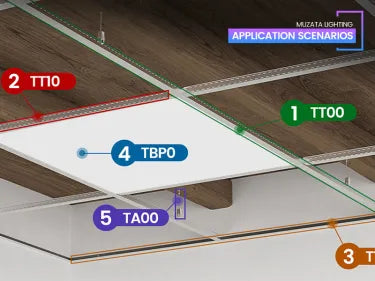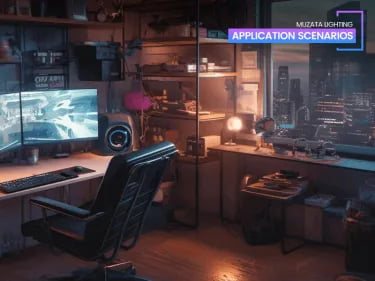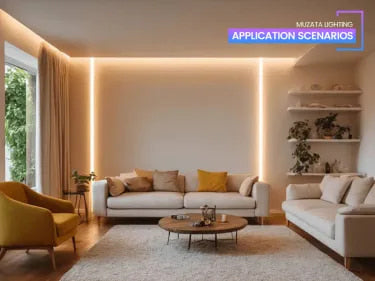TABLE OF CONTENTS
How to fix led lights - Quick to use
Has your outdoor LED strip lights or LED strip light stopped working or developed issues like flickering? Before replacing the whole strip, try some easy troubleshooting and repairs first. This guide walks through diagnosing and fixing the 4 most common LED strip light issues with step-by-step instructions. Save time and money by getting your lights working again in no time.

Case 1 : LED strip fully not lighting up
Possible causes
- Faulty connector- Long-term vibration can cause oxidation and increased contact resistance
- Power supply issue- Common 5m 5050 SMD LED strips are rated for 12V DC. Voltage too high or too low will prevent lighting.
- Controller failure- The controller is the "Brain" of the LED strip. If damaged, the lights will not respond to control signals.
Tip: "Common 5 meter LED strip lights, which use 5050 size surface mount LED packages (5050 SMD LEDs), are rated for 12V DC."
Solutions
- Test voltage and ensure stable 12V ±5V. Replace with higher quality power supply if needed.
- Unplug and re-seat the controller and LED strip connections to clean contacts and ensure a good connection.
- If the controller is faulty, replace it with a new compatible controller.
Case 2 : Sections of the LED strip not lighting up
Possible causes
- Local LED burnout - The typical lifespan is 20,000 hours. Long-term use can cause burnout.
- Poor solder joint connection - Long-term fatigue can cause local solder points to detach.
- Local short circuit - Shorts cut off current flow causing downstream sections to not light.
Solutions
- Identify and replace damaged individual LEDs.
- Inspect solder points and re-solder to ensure good connections.
- Test for short circuit location, isolate it and downstream sections will light again.

Case 3 : When the LED strip is very dim
Possible causes
- LED degradation over time - Long-term use reduces light emission efficiency.
- Low supply voltage - Voltage below LED rating causes brightness reduction.
- Dirt buildup - Contaminants form an insulating layer reducing brightness.
Solutions
- Replace with new LED strip periodically, around 5,000 hour lifetime.
- Check the power supply, and maintain voltage at 12V ± 5V.
- Clean the strip periodically with alcohol swabs to remove dirt.
Case 4 : LED strip flickering LED
Possible causes
- LED drive current too high - Exceeds LED fwd current rating causing overheating.
- Signal interference - Environmental noise disrupts the control signal.
- Controller failure - Component degradation causes incorrect signals.
Solutions
- Check drive current and adjust to LED spec, usually 20mA for 5050 chips.
- Use shielded supply cables to avoid signal interference.
- Update controller firmware or replace controller.
In summary, LED strips can develop problems over regular use like any electrical component. But this guide has tips to get your existing lights working again through proper diagnosis and troubleshooting. By learning to check connections, test voltages, isolate faults, and replace parts, you can avoid prematurely discarding malfunctioning LED strips. With the right repairs, your LED lights can keep shining bright.




